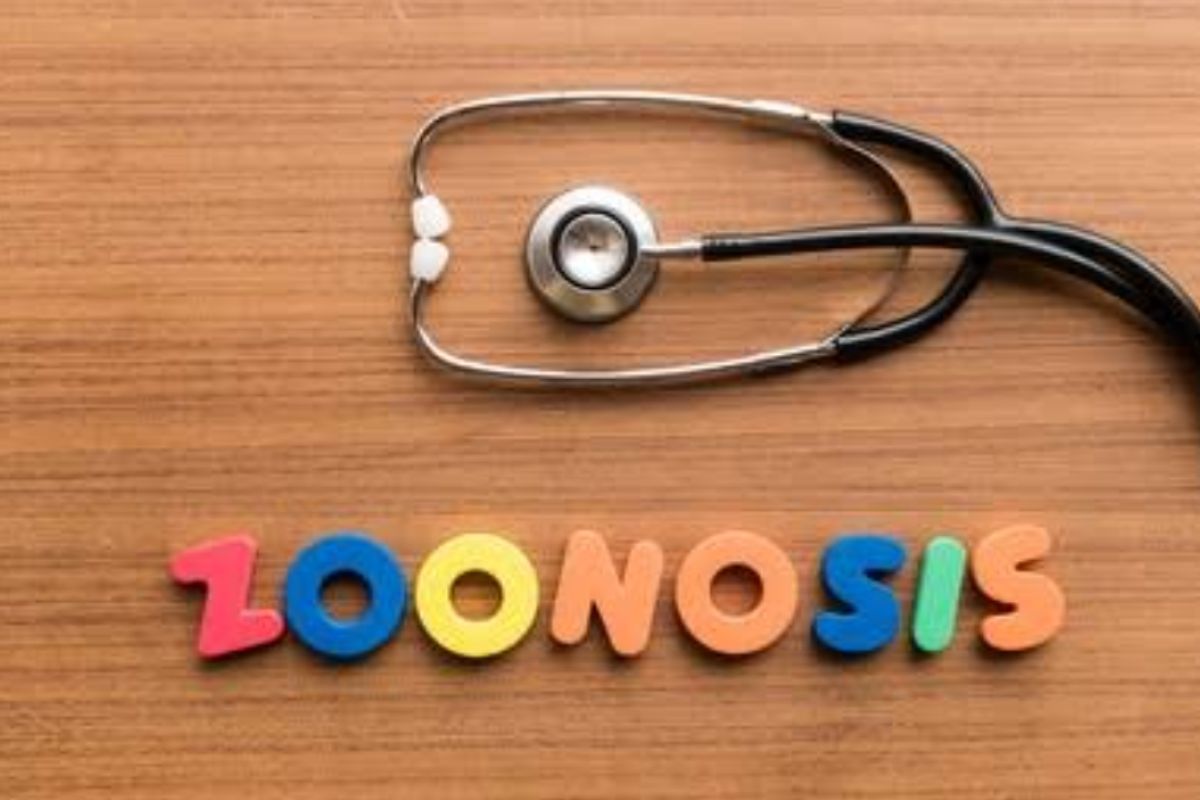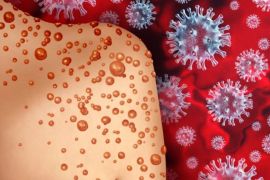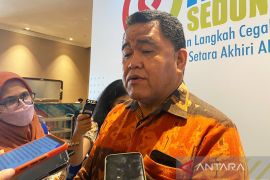Humans tend to destroy the environment that causes damage in the ecosystem due to the thin boundary between humans and animalsJakarta (ANTARA) - Since ancient times, humans, animals, and the environment have been inseparable in the ecosystem of life on planet Earth, with humans having survived by farming and raising animals.
Unfortunately, humans put their interests over and above other living things by exploiting animals and plants.
This activity causes countless ecological imbalances, thereby resulting in various zoonoses, or diseases transmitted from animals to humans or vice versa, that actually threaten human life.
Based on the timeline of zoonotic diseases reported by the United States Centers for Disease Control and Prevention (CDC), there are several zoonotic diseases, including Human Immunodeficiency Virus (HIV) caused by viruses from chimpanzees and sooty mangabey (1920), Avian Infectious Bronchitis transmitted from chickens to humans (1931), West Nile Virus from birds (1937), Zika Virus from primates (1947), Ebola from fruit-eating bats (1976), and the Porcine Epidemic Diarrhea from camels (2012).
New additions to the list of zoonoses continue. For 19 years, the ASEAN and China have faced several outbreaks caused by zoonoses, such as Severe Acute Respiratory Syndrome (SARS) and avian influenza (H5N1) in 2003 and the SARS-CoV-2 in 2019 until now.
Related news: Australian PM confirms he will attend G20 Summit in Bali
The latest is a report by researchers from Griffith University, Australia, finding a variant of the Hendra Virus from fruit-eating bats that can be transmitted to animals and humans. This disease earlier surfaced in 1994 and 2016.
Regarding cases of deaths, since it was first discovered, HIV has killed 36 million people from all over the world. The Ebola epidemic during the 2013-2016 period caused 11,325 deaths among 28,600 infected people.
The Spanish flu, from the H1N1 virus, which commonly affects birds, caused a fifth of the roughly 500 million reported deaths between 1918 and 1920.
Moreover, COVID-19, which is caused by SARS-CoV-2, claimed 6.3 million lives worldwide during the period from 2019 up until now.
The CDC study reported that some 60 percent of the world’s diseases are caused by zoonoses. As many as three out of four Infectious Emerging Diseases (IED) come from animals.
Related news: G20 member states keen to cooperate with Indonesia: Ministry
The Cause
In the latest discussion, the world’s epidemiologists estimated that about 10 thousand viruses originating from animals currently have the potential to become disease outbreaks.
An epidemiologist from Griffith University Australia, Dicky Budiman, stated that so many cases of outbreaks, which were earlier rare, have now become more common in the community, one of which is Monkeypox.
This phenomenon brings an important message that the world is increasingly vulnerable to zoonoses due to human behavior itself.
"Humans tend to destroy the environment that causes damage in the ecosystem due to the thin boundary between humans and animals,” Budiman noted.
The results of research among epidemiologists show that the zoonotic phenomenon is triggered by the extinction of some animals due to ecosystem damage, thereby causing viruses that were originally contained in animals, to look for other hosts in the human body.
Budiman later noted that climate change has affected the harmonization of humans, animals, and environment. A balance of these three elements greatly determines the slowdown or acceleration of disease outbreaks.
To this end, humans need to immediately change their behavior in keeping the environment clean and maintain healthy living habits to restore balance in their relationship with animals and the environment.
For the government, Budiman encouraged the strengthening of policies on aspects of detection systems, surveillance systems, vaccine research, drug research, strengthening human resources for health workers, and health resilience systems.
All these policies are expected to cut Indonesia's dependence on foreign health research results and increase the ability to detect the threat of epidemics in the future.
"Global health security was born from national health security and from local security," he stated.
Related news: 2022 G20: West Papua prepares for 4th Y20 Pre-Summit
One Health
During the ASEAN Health Ministers meeting in Bali on May 15, 2022, Indonesian Health Minister Budi Gunadi Sadikin drew attention to zoonoses as the root cause of the pandemic problem in the world.
Hence, a joint commitment from all countries is required to eradicate the threat of human deaths from viruses in animals through a One Health approach to harmonize the relationship between humans, animals, and the environment.
Sadikin, as the leader of the ASEAN Ministers for the 2020-2022 period, emphasized Indonesia's commitment to promoting the One Health approach in the ASEAN-China cooperation in the health sector.
ASEAN-China cooperation in the health sector had been initiated since 2003. The milestone in the relationship was then instituted by China in 2006 to strengthen the ASEAN-China commitment in health cooperation.
Given the history of cooperation between the two countries and taking cues from earlier zoonotic outbreaks, Sadikin believes that Indonesia and China, as part of the G20 members, can strengthen detection and mitigation capacity.
The agreed intervention efforts include strengthening capacities and capabilities in the regions by optimizing existing information-sharing platforms in the ASEAN, such as the ASEAN Emergency Operations Center Network, combined with a commitment to openly sharing Whole Genome Sequencing (WGS) data through the GISAID platform.
"Optimization must involve big data, artificial intelligence, and the internet to enable real-time integrated global surveillance of human, animal, and plant diseases," Sadikin noted.
In addition, he encouraged ASEAN-China to develop regional research centers and networks.
As has been learned during the COVID-19 pandemic, Sadikin said the global genomic data studied by researchers have enabled the rapid discovery and development of vaccines that could save human lives.
Related news: G20: 2nd HWG meeting to discuss easing global health access
The One Health approach should also be supported by the capabilities of local pharmaceutical manufacturers for medical preventive measures by leveraging Chinese expertise and knowledge. Another important issue is securing adequate supplies of vaccines, therapies, and diagnostic tools, Sadikin stated.
The agreement of all state delegations in the ASEAN region to the World Health Assembly had been reported by Sadikin at the 75th World Health Assembly (WHA75) forum in Geneva on May 21-23 2022.
To achieve this, countries in the ASEAN region seek to establish coordination and strategic partnerships at the regional and international level as well as global organizations, such as the World Health Organization (WHO) and the G20.
The program is in line with the 2020-2024 Medium-Term Development Plan (RPJM) and becomes an important issue of the Indonesian Presidency in the 2022 G20 that aims to achieve stronger global recovery after the pandemic.
Related news: Indonesia offers funding of US$50 billion to FIF: Health Minister
Related news: Indonesia and Australia agree to strengthen wheat supply chain
Editor: Fardah Assegaf
Copyright © ANTARA 2022












